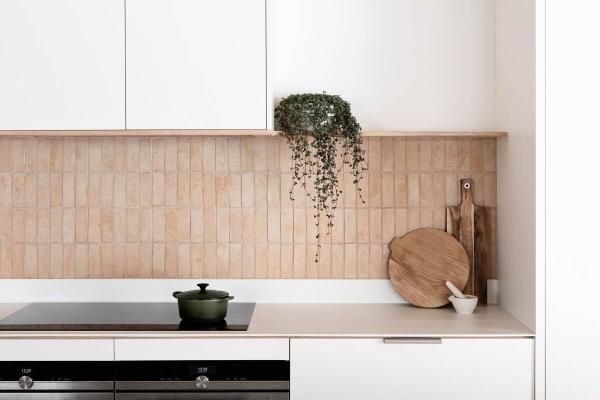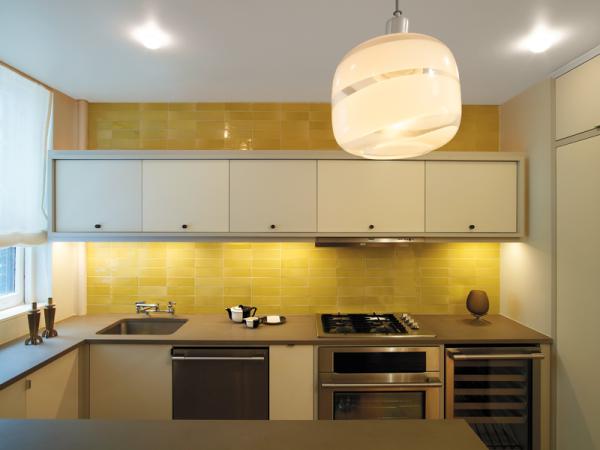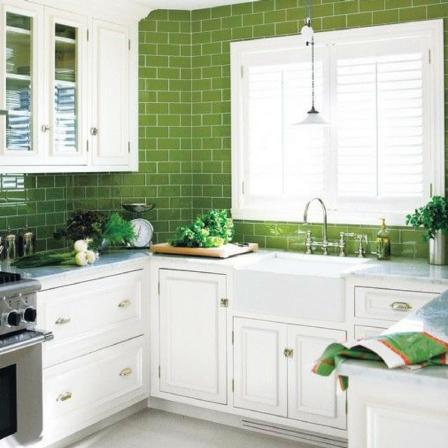When it comes to enhancing the aesthetic appeal and functionality of a space, tiles play a significant role. Apart from their functional benefits, tiles add a touch of elegance and style to any interior or exterior design. However, there is often confusion regarding the suitability of floor tiles and wall tiles. This article aims to provide insights into the key differences and similarities between floor tiles and wall tiles, equipping readers with the necessary knowledge to make an informed decision. 1. Material: When it comes to selecting tiles, the material is a crucial consideration. Floor tiles are typically made of more durable and denser materials such as ceramic, porcelain, or natural stone. These materials are sturdy enough to withstand the heavy foot traffic and pressure associated with flooring. On the other hand, wall tiles can be made of ceramic, porcelain, glass, or even marble, as they do not have to bear as much weight and impact as floor tiles.

.
 2. Design and Finish: Both floor tiles and wall tiles offer a vast array of designs, colors, and finishes to choose from, allowing for versatility in design concepts. However, floor tiles tend to have a rougher texture, providing better grip and slip resistance to prevent accidents. Wall tiles, on the other hand, are often smoother and more delicate, enhancing the overall visual appeal of a space. 3. Size and Thickness: Floor tiles are generally thicker and heavier compared to wall tiles due to their primary function of supporting weight. The thickness of floor tiles contributes to their durability and longevity. In contrast, wall tiles are thinner and lighter for easier installation and to prevent putting excessive pressure on the walls. This difference in thickness makes it impractical to use wall tiles as a substitute for floor tiles.
2. Design and Finish: Both floor tiles and wall tiles offer a vast array of designs, colors, and finishes to choose from, allowing for versatility in design concepts. However, floor tiles tend to have a rougher texture, providing better grip and slip resistance to prevent accidents. Wall tiles, on the other hand, are often smoother and more delicate, enhancing the overall visual appeal of a space. 3. Size and Thickness: Floor tiles are generally thicker and heavier compared to wall tiles due to their primary function of supporting weight. The thickness of floor tiles contributes to their durability and longevity. In contrast, wall tiles are thinner and lighter for easier installation and to prevent putting excessive pressure on the walls. This difference in thickness makes it impractical to use wall tiles as a substitute for floor tiles.
..
 4. Installation and Maintenance: Installing floor tiles requires a more robust and meticulous process due to their weight and load-bearing nature. They need to be securely fixed to provide a level and durable surface. Wall tiles, on the other hand, can be easily installed with adhesives, making the process less complex. Maintenance-wise, both floor and wall tiles are relatively easy to clean and maintain, requiring simple regular cleaning to keep them in pristine condition. 5. Suitability and Functionality: Floor tiles are specially designed to withstand heavy traffic, heavy objects, and moisture. Their sturdy nature makes them ideal for areas with high footfall, such as hallways, kitchens, and bathrooms. Wall tiles, on the other hand, are mainly utilized for their decorative purposes.
4. Installation and Maintenance: Installing floor tiles requires a more robust and meticulous process due to their weight and load-bearing nature. They need to be securely fixed to provide a level and durable surface. Wall tiles, on the other hand, can be easily installed with adhesives, making the process less complex. Maintenance-wise, both floor and wall tiles are relatively easy to clean and maintain, requiring simple regular cleaning to keep them in pristine condition. 5. Suitability and Functionality: Floor tiles are specially designed to withstand heavy traffic, heavy objects, and moisture. Their sturdy nature makes them ideal for areas with high footfall, such as hallways, kitchens, and bathrooms. Wall tiles, on the other hand, are mainly utilized for their decorative purposes.
…
 Their less durable nature makes them more suitable for areas with minimal wear and tear, such as bedrooms, living rooms, and accent walls. Conclusion: Floor tiles and wall tiles differ in terms of material, design, thickness, installation, and functionality. It is crucial to consider the specific requirements of your space when choosing between the two. While floor tiles offer durability and functionality, wall tiles focus more on aesthetics and visual appeal. Ultimately, the right choice depends on your specific design preferences and the practicalities of your space.
Their less durable nature makes them more suitable for areas with minimal wear and tear, such as bedrooms, living rooms, and accent walls. Conclusion: Floor tiles and wall tiles differ in terms of material, design, thickness, installation, and functionality. It is crucial to consider the specific requirements of your space when choosing between the two. While floor tiles offer durability and functionality, wall tiles focus more on aesthetics and visual appeal. Ultimately, the right choice depends on your specific design preferences and the practicalities of your space.



